 In the past three months, the Board released two special investigations that, when taken together, show both the strengths and weaknesses of our current regulatory system for forest practices.
In the past three months, the Board released two special investigations that, when taken together, show both the strengths and weaknesses of our current regulatory system for forest practices.
In April, the Board released a follow-up report on bridge planning, construction and design — Bridges 2. The 2014 report found widespread problems with how bridges were being planned and constructed in BC. The level of non-compliance with legislation was troubling. Industry, government, and professional associations all agreed that change was needed and significant effort was directed at improving bridge practices.
Bridges 2 shows how those efforts have paid off. In the intervening five years, planning and construction of bridges has improved across all categories. With a few exceptions, bridges are well designed, are safe and sound for use, and meet environmental standards.
The lesson from this report is twofold:
In May, the Board released a report examining fish habitat protection on the ground. This report revealed some very good practices, especially for riparian management and fish passage, and confirmed previous Board observations that a culture of good management exists in BC for protecting riparian areas and for building crossings over fish streams. This is to be celebrated.
However, the report also found widespread deficiencies in management of sediment. Our current practices for road construction, maintenance, and deactivation are simply not good enough—they are allowing too much sediment to enter BC’s waterways. This is not the kind of practice that engenders public confidence, and change is needed. The report found some areas where good sediment practices are occurring, so we know it is possible and reasonable to have good sediment management in BC.
The forestry community, including government, industry and professionals have a choice on how to address the gaps in sediment management. If we follow the response to the first bridge report, all parties will face the problem head on and make fixing sediment a priority. As the bridge report showed, constructive efforts can make a real difference on the ground to forest practices.
In 2014, the previous Chair of the Board called for action to improve bridge practices; I am fortunate to be able to report that practices today are much better. I hope that five years from now, the Chair of the Board will be able to report that sediment management has significantly improved in BC because the forestry community took action.
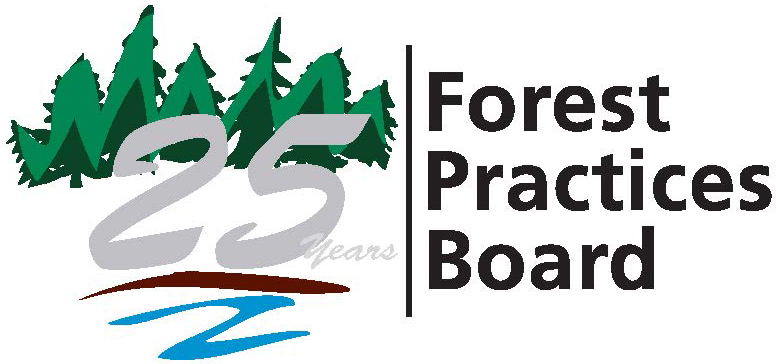 In recognition of our 25 years, we have been combing through the more than 600 reports published so far and pulling out forest practice tips and suggestions that are still relevant today. So far in 2020, we have released 13 sound forest or range practice tips and a link to a past report that covered the issue, through our social media accounts. At the end of the year, we will publish a recap of all 25 tips on our website. We hope you are watching for these posts and taking the time to look at the information provided. If there is a particular report or topic you would like to see highlighted, please let us know at FPBoard@bcfpb.ca or Darlene.Oman@bcfpb.ca.
In recognition of our 25 years, we have been combing through the more than 600 reports published so far and pulling out forest practice tips and suggestions that are still relevant today. So far in 2020, we have released 13 sound forest or range practice tips and a link to a past report that covered the issue, through our social media accounts. At the end of the year, we will publish a recap of all 25 tips on our website. We hope you are watching for these posts and taking the time to look at the information provided. If there is a particular report or topic you would like to see highlighted, please let us know at FPBoard@bcfpb.ca or Darlene.Oman@bcfpb.ca.
So far this year, we completed two significant special investigations — Bridges and Major Crossings, and the field portion of our Fish Habitat Conservation project. These reports make five recommendations for improvement to forest practices, FRPA and guidance for resource professionals.
 The bridge report found significant improvements in bridge and major crossing construction, compared to a previous investigation of these practices in 2014. The main areas where there is room for further improvement involve the documentation and sign-off processes and professional accountability for work.
The bridge report found significant improvements in bridge and major crossing construction, compared to a previous investigation of these practices in 2014. The main areas where there is room for further improvement involve the documentation and sign-off processes and professional accountability for work.
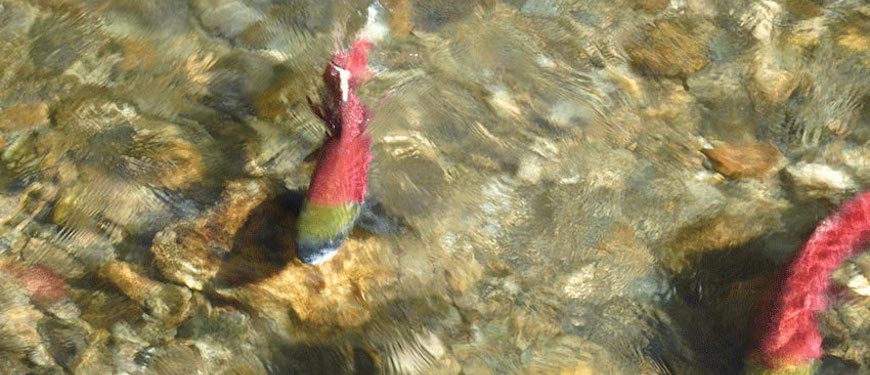 Our investigation of forest and range practices and fish habitat found that most licensees are doing a good job of maintaining fish passage and protecting riparian reserves on larger fish streams. By far the biggest issue we saw was sediment from roads getting into streams. The Board is making recommendations to government to improve legal requirements and guidance so that good sediment management becomes part of the culture of sound forest management in BC.
Our investigation of forest and range practices and fish habitat found that most licensees are doing a good job of maintaining fish passage and protecting riparian reserves on larger fish streams. By far the biggest issue we saw was sediment from roads getting into streams. The Board is making recommendations to government to improve legal requirements and guidance so that good sediment management becomes part of the culture of sound forest management in BC.
We will be meeting with government staff to discuss how they may be able to address the Board’s recommendations in the upcoming amendments to the Forest and Range Practices Act and regulations.
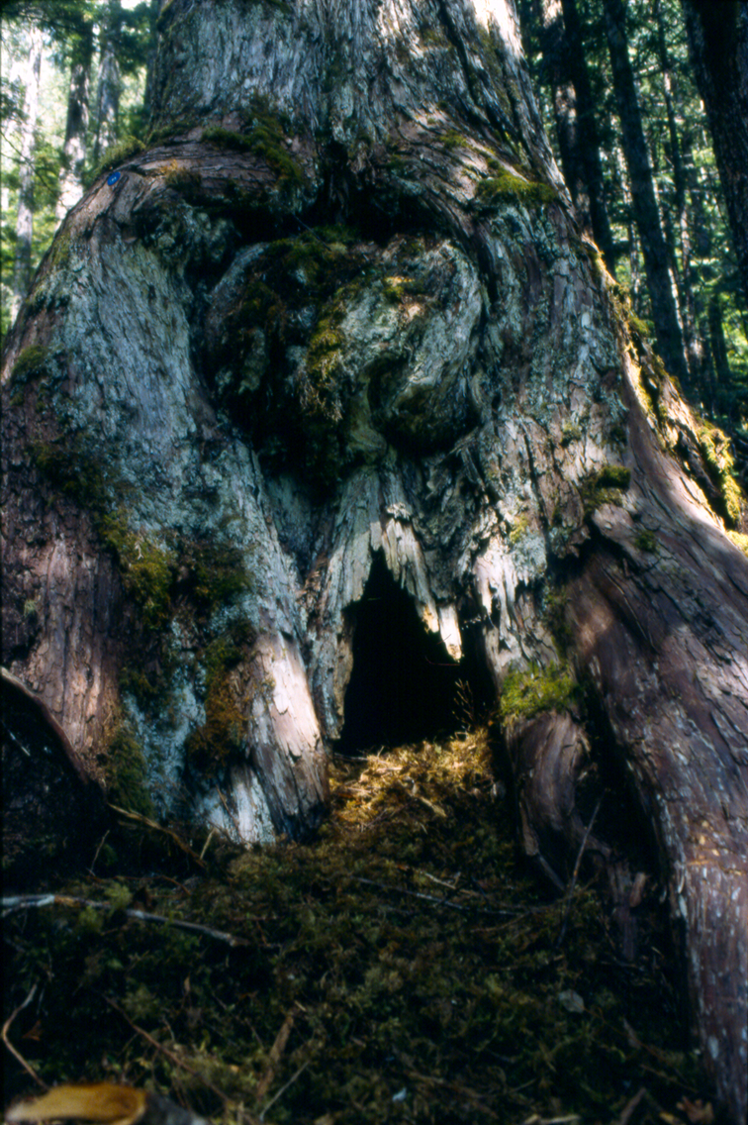 In January of this year, we published a report on our investigation of a complaint about black bear dens on Vancouver Island. In the report, the Board suggested that during forest planning and operations, it is important to pay attention to the potential existence of dens, and to take steps to conserve denning habitat. It has come to our attention that some people are interpreting the report to suggest this is only relevant to Vancouver Island. While this investigation focused on the situation on Vancouver Island—because that was the focus of the complaint — that does not mean that bears elsewhere in the province do not den in trees. The Board believes it is good practice to consider the potential for bear dens anytime you are working in bear habitat.
In January of this year, we published a report on our investigation of a complaint about black bear dens on Vancouver Island. In the report, the Board suggested that during forest planning and operations, it is important to pay attention to the potential existence of dens, and to take steps to conserve denning habitat. It has come to our attention that some people are interpreting the report to suggest this is only relevant to Vancouver Island. While this investigation focused on the situation on Vancouver Island—because that was the focus of the complaint — that does not mean that bears elsewhere in the province do not den in trees. The Board believes it is good practice to consider the potential for bear dens anytime you are working in bear habitat.
The Board makes recommendations to improve planning or practices in its reports. The Board usually directs recommendations to a specific party, which can be government, a forest company or range agreement holder, or sometimes a professional association like the Association of BC Forest Professionals. The Board usually asks them to follow up in 6-12 months and tell the Board how they are implementing the recommendations. But the story often doesn’t end there.
Did you know that the Board keeps a close eye on how parties are implementing its recommendations long after the report is published? After we receive a response, the Board will consider how well the party is addressing the Board’s recommendation. If we are satisfied with the response, we will share it on our website and that ends the investigation. If we are not satisfied, or if the response involves steps that will be implemented over a longer period, we may decide to keep the investigation open. We will normally discuss the response with the party, providing feedback on steps they plan to take or actions they have taken to address the recommendations. Let’s look at recommendations made in one report and see how the Board has kept an eye on things.
In 2014, the Board published its special investigation report on protection of drinking water in designated community watersheds (Community Watershed Report). The Board made four recommendations to government and one to the professional associations governing the practices of foresters and engineers.
One of the recommendations was for government to monitor the effectiveness of forest and range practices at protecting drinking water. Monitoring is an essential element of the Forest and Range Practices Act because the results inform decision makers on how well current practices are achieving government’s objectives. Over the past five years, government staff have consulted regularly with Board staff as they worked to develop a monitoring methodology. The methodology is now nearing the stage when it can be field-tested. Another recommendation was for the professional associations to prepare guidance for their members on undertaking watershed assessments, including a consistent approach for identifying watershed risks. Considerable work by multiple resource professionals was required to prepare the guidance document, which was published earlier this year (Watershed Assessment Guidance). In both cases, it has taken a long time and a considerable amount of effort to make the recommended improvements, but the results will improve the protection of drinking water in these important watersheds.
These are just two examples of the 500 recommendations the Board has made over the past 25 years. To see all recommendations the Board has made, and responses it has received, since 2008, see this summary document on our website (Board Recommendations).
The Board made a recommendation for improvement in our complaint investigation report – Fire Hazard Abatement and the Shovel Lake Wildfire.
Government review the appropriateness of the Defined Hazard Assessment and Abatement Strategy with particular attention to the deadline by which hazards must be abated, and the amount of fuel
that may be left on cutblocks without requiring abatement.
On January 21, 2020, government responded to the recommendation, informing the Board that the BC Wildfire Service has begun a review of fire and fuel hazard assessment and abatement legislation, policy and guidance, and that this work is expected to continue until 2021. The review will inform an evaluation of the current fuel hazard assessment and abatement process.
In addition, planned amendments to FRPA include the establishment of a wildfire objective, which will enable new practices in the interface to address the wildfire threat. Government will also be provided with more oversight. Although the review and amendments will take some time to complete, it is clear that BC Wildfire Service is on track to fulfill the Board's recommendation. The Board accepted the response and closed the file.
In June, the Board set aside time to review our progress implementing the 2019-2022 strategic plan in the first year. Progress was confirmed as good and no changes were made to the plan, recognizing we are only 1 year into implementation of a 3-year plan. So far, we are meeting our internal timelines for audits and complaint investigations. Improving timeliness will continue to be a priority over the coming year and we will be exploring the most effective ways to measure and track our progress. Some of the key strategic initiatives underway are:
Indigenous Relations Engagement Strategy – a committee of Board and staff members drafted a new strategy on engagement with Indigenous Peoples. The document is now available on our website and we are looking for input from stakeholders and the public. View the Engagement Strategy.
We will be using Thought Exchange, a crowdsourcing platform that will allow us to engage with stakeholders and participants in our audits and investigations and we will be rolling that out later in 2020. This information will help address a couple of our key performance indicators:
More than half of our staff live and work from communities around the province, so we were already well-positioned to operate remotely when the COVID-19 pandemic hit BC in mid-March.
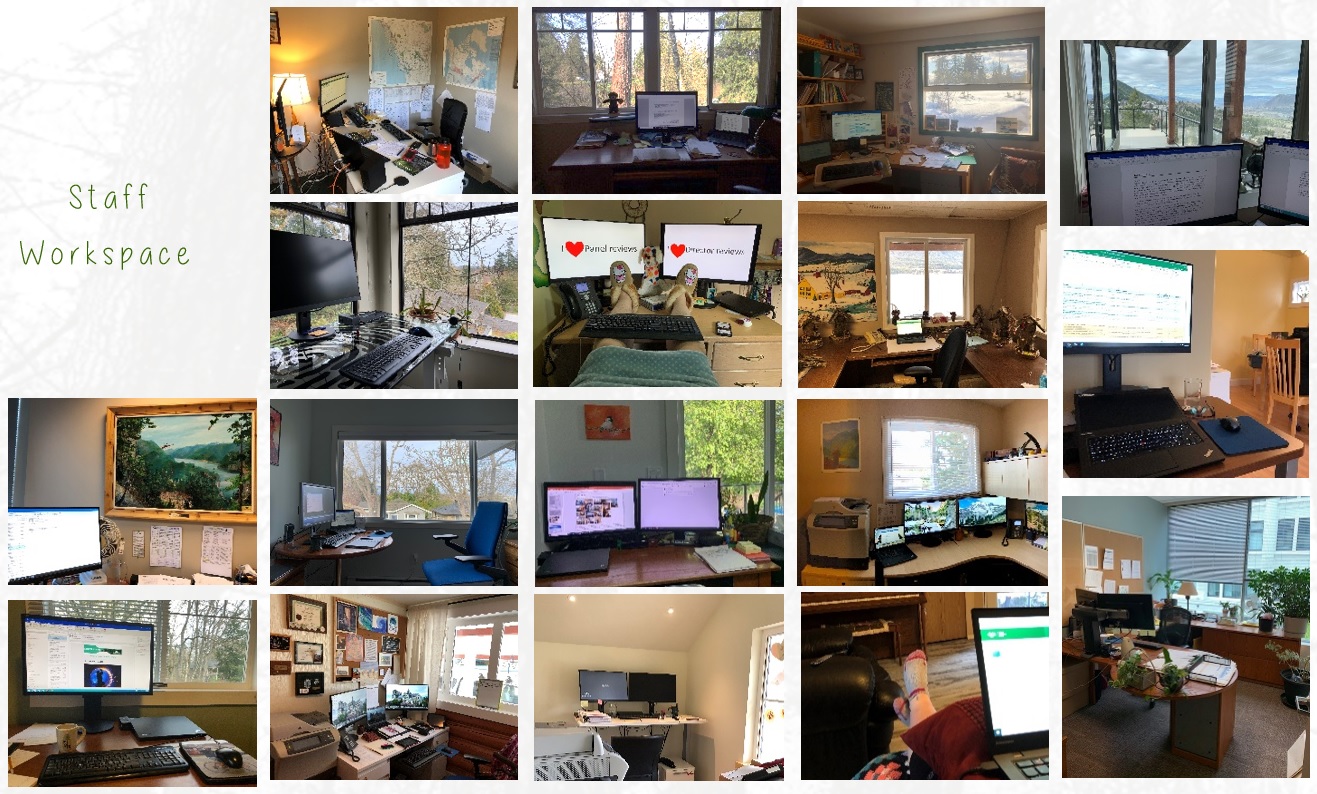
Our Board members also live in communities across the province and are used to meeting monthly by conference call, although they also meet quarterly in person. This year, our March and June meetings were changed to virtual meetings and we used our webcams to at least see each other’s faces. Our September face-to-face Board meeting will also be a virtual meeting.
As BC has moved into Phase 3 and non-essential travel is permitted, the Board is looking at how it can carry out its audit fieldwork this summer, while following the orders of the Provincial Health Officer and the guidance provided by WorkSafe BC and the BC Forest Safety Council. We will also respect the wishes of small communities that may not be open to outsiders entering the community. More information will be shared as we sort out who, where and when we can carry out our legal obligation to audit compliance with FRPA and the Wildfire Act, and appropriateness of government’s enforcement of the Acts.
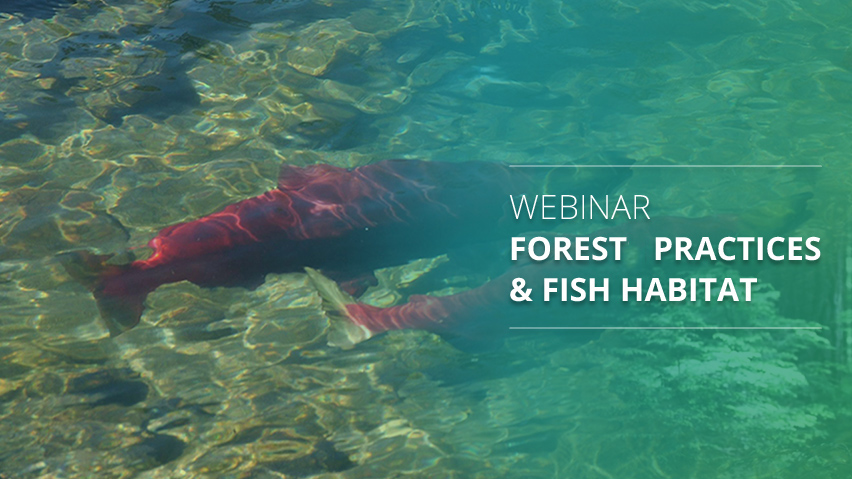 On June 23, the Board hosted our first ever webinar. The topic was our Special Investigation of Forest and Range Practices and Impacts to Fish Habitat. More than 300 people joined the webinar, far exceeding our expectations. If you missed it, a recording of the webinar and the question and answer session is available to view on our website at https://www.bcfpb.ca/?p=5786
On June 23, the Board hosted our first ever webinar. The topic was our Special Investigation of Forest and Range Practices and Impacts to Fish Habitat. More than 300 people joined the webinar, far exceeding our expectations. If you missed it, a recording of the webinar and the question and answer session is available to view on our website at https://www.bcfpb.ca/?p=5786
Earlier in June, staff presented the results of our Special Investigation of Bridges and Major Crossings at a webinar organized by the Ministry of Forests, Lands, Natural Resource Operations and Rural Development for Ministry road and engineering staff. The presentation was very well received. If your organization is interested in a similar virtual presentation, please contact Chris Mosher at Chris.Mosher@bcfpb.ca
On June 24, staff also gave a presentation as part of a source water protection panel for a webinar organized by the BC Waste and Water Association.
As in-person conferences and events are on hold for the foreseeable future, we have been exploring other ways to share and discuss our reports and recommendations. We will be hosting more webinars for upcoming Board reports that will be of interest to stakeholders and the public. Watch our social media channels or subscribe to get email notices of future webinars at https://www.bcfpb.ca/reports-publications/subscribe/
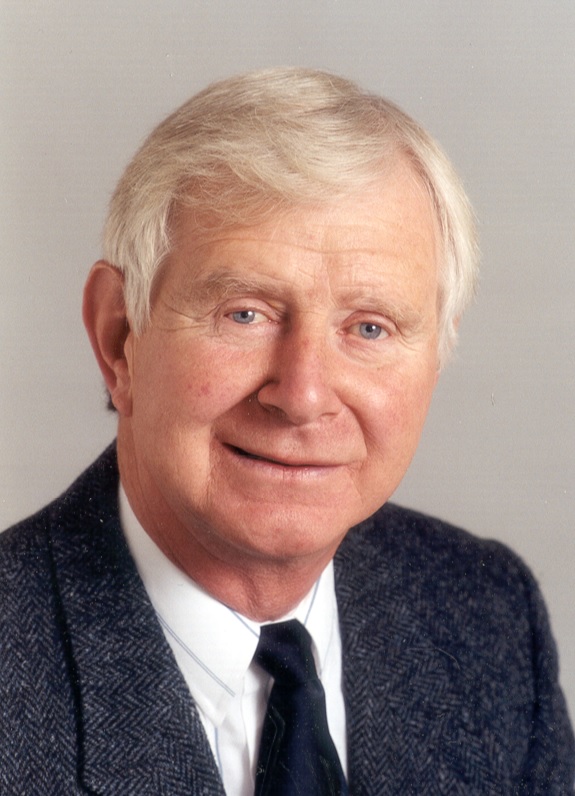 Remembering John Cuthbert, Former Board Member
Remembering John Cuthbert, Former Board MemberIn February of this year, John Cuthbert passed away in Summerland, BC. John was a professional forester and served as BC’s chief forester for 9 years before his retirement. Following retirement, John was appointed to the Forest Practices Board in 1997. John served as a member and as vice-chair until 2003. John was a true gentleman and always had a smile on his face. He exemplified the Board’s values of independence, integrity and fairness. He is fondly remembered here at the Board and we extend our condolences to his family and friends.
 Hannah Horn, Manager of Special Projects
Hannah Horn, Manager of Special ProjectsIn February 2020, Hannah left the Board for a new job leading work on effectiveness monitoring and cumulative effects with the Ministry of Forests, Lands, Natural Resource Operations and Rural Development. During her time with the Board, Hannah led many high profile projects, including East Kootenay Grasslands, Conservation of Fish Habitat under FRPA, Improvements to FRPA and Tactical Planning. She was also a caring and involved member of our staff and we will miss her tales of sailing adventures on the BC coast and general domestic life aboard a small sailboat in a city harbour. We wish her all the best in her new role with the Ministry.
 Tara Marsden, Board Member
Tara Marsden, Board MemberOn April 30, Tara completed her two-year term with the Board. Tara made some significant contributions to the Board during her time with us. One of her main legacies is the development of the Board’s Draft Policy on Indigenous Engagement. She also contributed to the Board’s current strategic plan and to the Board’s investigation report on government’s Compliance and Enforcement Program, as well as several audits and complaint investigations. We thank Tara for her service to the public and wish her well in the future.
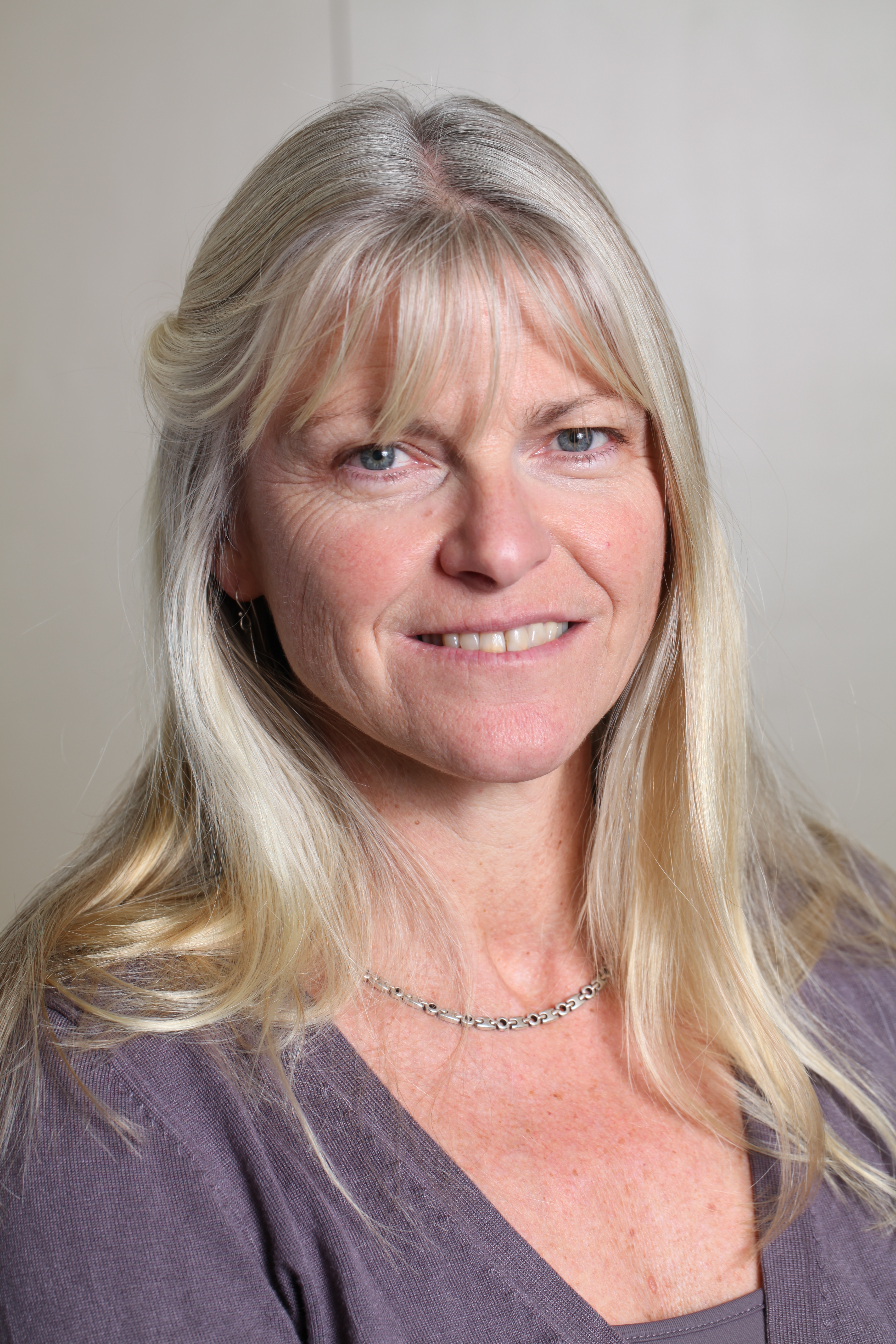 Marlene Machmer, Board Member
Marlene Machmer, Board MemberOn May 31, Marlene completed 5 ½ years as a Board member. Marlene contributed to many significant reports during her time with the Board. She brought a very important ecological perspective to deliberations at the Board table. Marlene is also a strong advocate for the importance of effectiveness monitoring to measure achievement of intended outcomes, and she influenced many of the Board’s recommendations. We thank Marlene for her service to the public and wish her well in the future.
